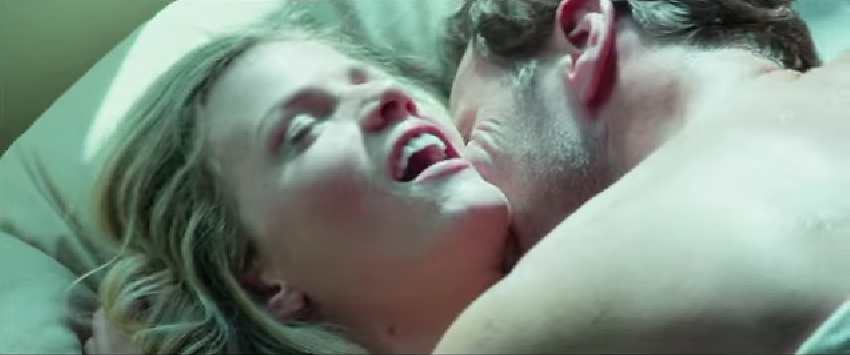

In the US and Britain, increased legal and social respect for the age of consent have reduced the popularity of this genre. Late examples are Tadpole (2002), and Y Tu Mama Tambien (2001), which claimed greater sexual leeway by being set in Mexico. Coming four years after The Graduate, in which the fortysomething Anne Bancroft showed a good time to a 21-year-old Dustin Hoffman, that film was one of a number of what might be called post-Graduate films that dramatised the schoolboy fantasy of seduction by a mature lover. These movies contrast starkly with Summer of ’42, a popular 1971 film in which an American teenager is sexually initiated during the second world war by an older woman. Kate Winslet and David Kross were onscreen lovers in The Reader, which also starred Ralph Fiennes. Similarly, in The Piano Teacher (2001), the middle-aged actor Isabelle Huppert’s onscreen relationship with a 17-year-old boy, though just about legal, is sado-masochistic. The fact that Kross was playing a teenager led to accusations of paedophilia, with Winslet’s character receiving as much flak from some for being an alleged child abuser as for her character’s past as a Nazi concentration camp guard. In the German wartime story The Reader (2008), she played love scenes with David Kross, an actor who was also a decade and a half younger, a fact that was central to the narrative. In general, though, the age of an older man is ignored by the story while female seniority tends to be a plot point.īut Winslet, whether by accident or design, has become something of a poster woman for female-male age disparity in cinema. The septuagenerian Harrison Ford still plays men in a vague late middle age, and the age gap between Winslet’s and Hemsworth’s characters in the script of The Dressmaker is supposed to be far less than in the actors’ passports. The film was also the first to employ a workflow higher than 4K resolution from production to presentation.A complication in these cases is that there is often a contradiction between the chronological and character ages of an actor. Red Epic was used to shoot scenes in both the US and Sweden.

Seeking a Friend for the End of the WorldĪrri Alexa, Canon EOS 5D Mark II, Canon EOS 7D Phantom Flex Camera used for high-speed photography The first and currently only James Bond film to be shot digitally The first feature film to be shot and presented in high frame rate format Winner of the 2012 Academy Award for Best Cinematography Winner of the 2013 Award of Excellence CANADA INT Film Festival Winner of the 2013 Academy Award for Best Cinematographyįirst Konkani Digital Theatrical film in Konkani Cinema by Milroy GoesĪrri Alexa Plus, Sony NEX-FS100 and Red One MX Shot in Australia in 2012, with a budget of less than $100,000 Panavision C-, E-, G-Series, ATZ and AWZ2 Lenses Panavision Primo, C-Series, PVintage, ATZ, AWZ2 and Cooke

Some scenes shot with Phantom v642 Broadcast, Aaton XTR Prod and Bolex Camera. The first mainstream feature-length film to be partially shot with the IMAX 3D digital camera. Panavision Primo, Cooke Xtal Express and Angenieux Optimo As with Cronenweth's previous collaborations with Fincher, it made history as the first feature film to have a 6K workflow. Winner of the 2014 Academy Award for Best Cinematographyįirst feature film announced to be shot with the Red Dragon, sensor. The Hobbit: The Battle of the Five Armies
#Tadpole movie hot scenes series#
The first two films in the Hunger Games series were shot on 35mm and 65mm horizontal (IMAX). The Hunger Games: Mockingjay – Part 1 and Part 2 30% shot on Super 16mm with Arri 416, 10% shot on Canon EOS C500


 0 kommentar(er)
0 kommentar(er)
